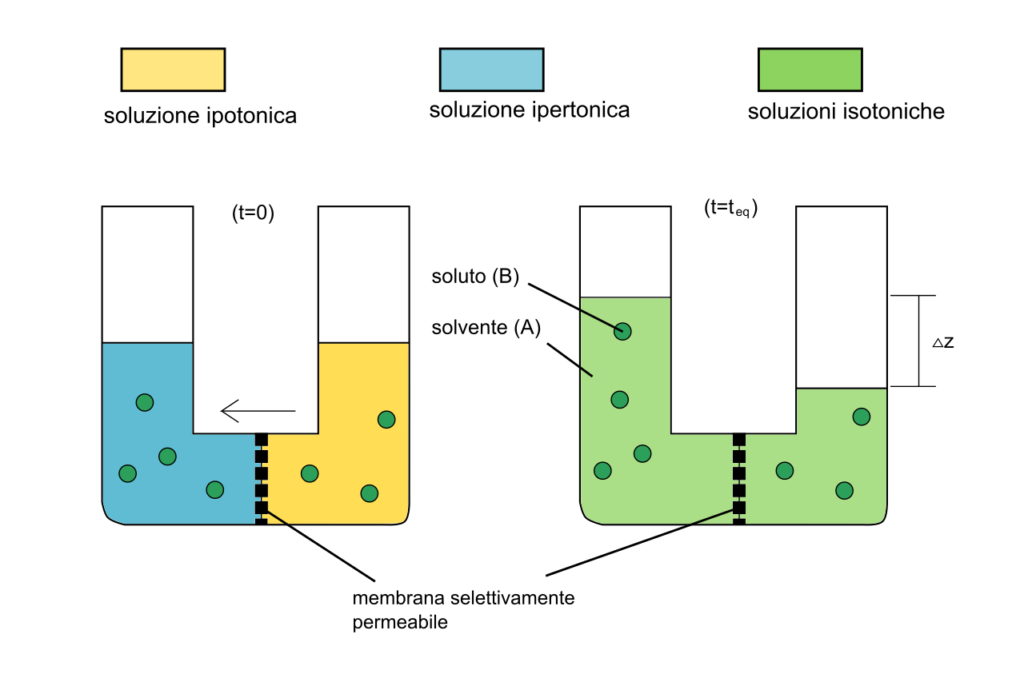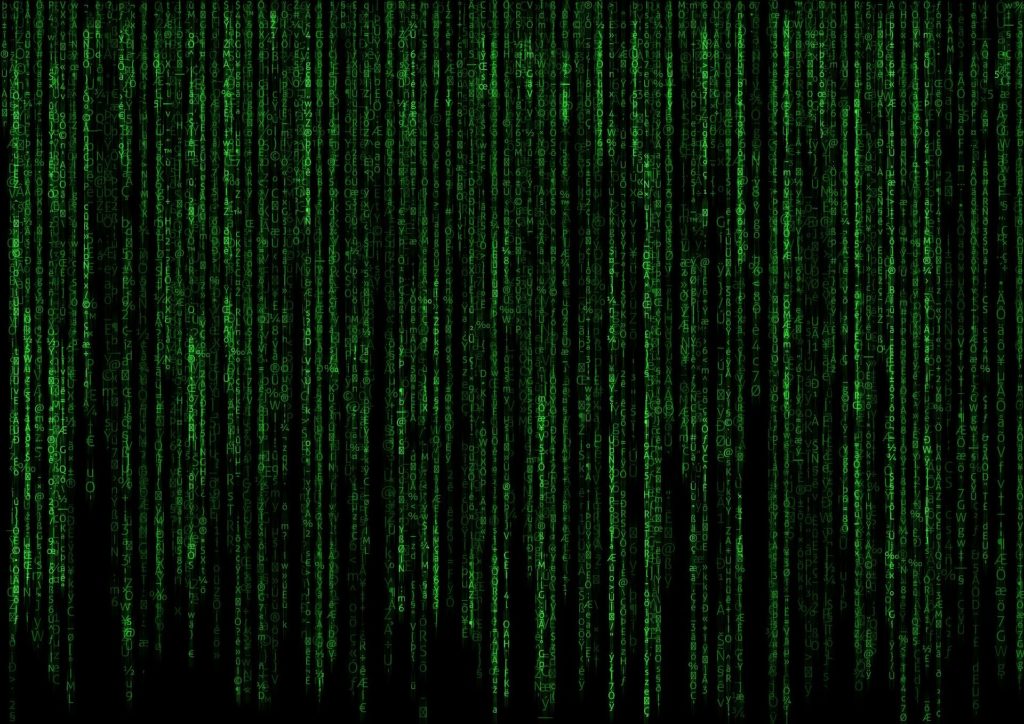A modern interpretation of Anna Göldi, executed in 1782 for witchcraft in Glarus, Switzerland. She is said to have been the last witch killed in Europe, at least as the result of a formal trial. The story of the great witch hunts of the 16th and 17th centuries remains a mystery in many respects. What caused this folly to take hold of the minds of the Europeans? And what caused that folly to abate? It turns out that evil has a natural cycle of growth and decline. It is possible to accelerate the decline of a killer meme if good people get together in rejecting it.
In 1841, Charles MacKay published his "Extraordinary Popular Delusions and the Madness of the Crowds." It was a milestone: the first study in the field that today we call memetics, a term coined by Richard Dawkins for how ideas ("memes") spread in the collective human consciousness. MacKay was perhaps the first to state publicly that the great witch hunts of the late 16th and early 17th centuries were a form of collective madness. Not even Voltaire (1694-1778) had touched on that subject, despite his criticism of all kinds of religious superstitions.
As exterminations go, the war on witches was not the worst on record. In Europe, it caused about 50 thousand victims over a little more than a century. But it was so shockingly cruel in targeting mostly helpless women that it is remembered to this day as a form of collective madness. With us, the expression "witch hunt" is even proverbial.
The extermination of the European witches generated plenty of studies in modern times, mostly concentrated on the causes of the phenomenon. Explanations are many but, in general, it is agreed that it was related to the stress generated by the Reformation and the associated wars. Apparently, torturing and killing women was a form of stress release. The human mind must have plenty of serious problems, evidently, but this much we know not just because of witch hunting.
In any case, it happened, and we should be happy that it didn't last more than it did. But this generates another question: what made the hunt cease? It is a fundamental point: if we could understand what makes people stop believing in killer memes, we might stop them earlier.
But few of the studies examining the war on witches make a specific effort to understand why the hunting ceased. The general idea seems to be that when the conditions that caused the hunt disappeared, things returned to their normal state. Sometimes, it is also proposed that the enlightenment movement put an end to the killings. Lesson and Ross (1) proposed in 2018 that:
"The seventeenth century, however, was the time of the scientific revolution, whose effects may have eventually eroded popular belief in witchcraft, eroding popular demand for witchcraft prosecutions along with it until witch trials could finally be easily abandoned by religious producers. "
Not to disparage a study that's excellent in many respects, but this interpretation seems to me completely wrong. The death penalty for people found guilty of poisoning or harming others had the aspect of a rational response of society to a threat that, at the time, looked real and documented. During the 16th and 17th centuries, science had little to say about whether or not it was possible to poison people using herbal concoctions or other methods.
As Chuck Pezeshky says, "truth is the reliable and valid representation of information that allows shared coordination of action inside a social network." In some cases, this social representation coincides with the scientific views of the matter, but that is not the rule and it is not even common.
Finding witches and killing them was not just a job for inquisitors. The book by Trevor-Roper "The European Witch-Craze" (1991) tells us how widespread was the belief, and how intensely it was believed that killing witches was a social duty for everyone, to be done for the good of everyone else. A leader who didn't engage in witch hunting was seen as a bad leader. In some regions, expressing doubts on the idea that killing witches was a good thing could be dangerous.
If truth is a social concept, then we need to understand witch hunting in a social context, in the form of the entities that we call memes. What makes memes live and die? Charles MacKay gives us an interesting hint when he says, “Men, it has been well said, think in herds; it will be seen that they go mad in herds, while they only recover their senses slowly, and one by one.” As I said, MacKay was a great innovator and this sentence, in itself, is a correct statement of how memes propagate. They behave exactly like physical pathogens in an epidemic: you are infected by others but you recover by yourself.
Indeed memetic infections can be described by the same equations used in epidemiology, as we showed in a 2018 paper together with my colleagues Perissi and Falsini. Epidemics are the result of internal feedbacks that, in turn, are the result of the networked structure of the system. This internal structure generates typical "bell shaped" cycles. Witchcraft trials are probably the first historical case of a memetic cycle for which we have quantitative data (from Leeson and Ross, 2018 (1)).
The model tells us that the diffusion of the memetic epidemic is a collective phenomenon due to people being infected by others. Conversely, the epidemic declines because people become "immune" to the meme. The concept of "herd immunity" holds not just for physical epidemics, but also for virtual ones. It is what makes society eventually resistant to these killer memes. So, the first step to fight one of these memes is to reject them individually.
There is an even more fundamental point about the decline of killer memes here, well expressed by Trevor-Roper:
Third rank intellectuals and officials started saying that the craze was unjust and irrational. And what they said was taken for granted. Then came the intelligentsia, showing that what it said for two centuries was wrong because of some minor detail in the interpretation of the scriptures. And that was the end of the process.
This
statement marks a difference between physical and memetic epidemics. A
physical epidemic doesn't care too much about human hierarchies: a king may die of the plague just like any commoner. But, in a social network,
the propagation of memes is affected by the hierarchical structure: people tend to trust
authorities more than other sources of information. Trevor-Roper hit a profound truth with his statement: witch hunting declined because ordinary people ("third rank intellectuals and officials") started realizing that the meme was evil and that they (or their wives, sisters, or mothers) risked being burned at the stake. And they stopped believing in the official truth as spoken by the leaders.
So, it seems that if we want to stop evil memes, we have to do that starting from the bottom. We can't put too much hope in laws, tribunals, treaties, and lofty principles: they are all under the elites' control and can be bent, transmogrified, or ignored. The leaders, typically, have an interest in maintaining alive memes that are profitable for them. But the memetic war is fought at all levels of the social network. People may be dazed for a while by the "Shock and Awe" treatment they receive from above, but in the long run, they understand. We cannot expect to be able to stop evil all of a sudden but an evil meme cannot last for long when good people get together to fight it. If history is a guide, evil is surprisingly fragile.
An meiner Wand hängt ein japanisches Holzwerk
Maske eines bösen Dämons, bemalt mit Goldlack.
Mitfühlend sehe ich
Die geschwollenen Stirnadern, andeutend
Wie anstrengend es ist, böse zu sein.
On my wall hangs a Japanese carving,
The mask of an evil demon, decorated with gold lacquer.
Sympathetically I observe
The swollen veins of the forehead, indicating
What a strain it is to be evil.
Bertolt Brecht
1. Peter T. Leeson, Jacob W. Russ The Economic Journal, Volume 128, Issue 613, 1 August 2018, Pages 2066–2105, https://www.peterleeson.com/witch_trials.pdf































